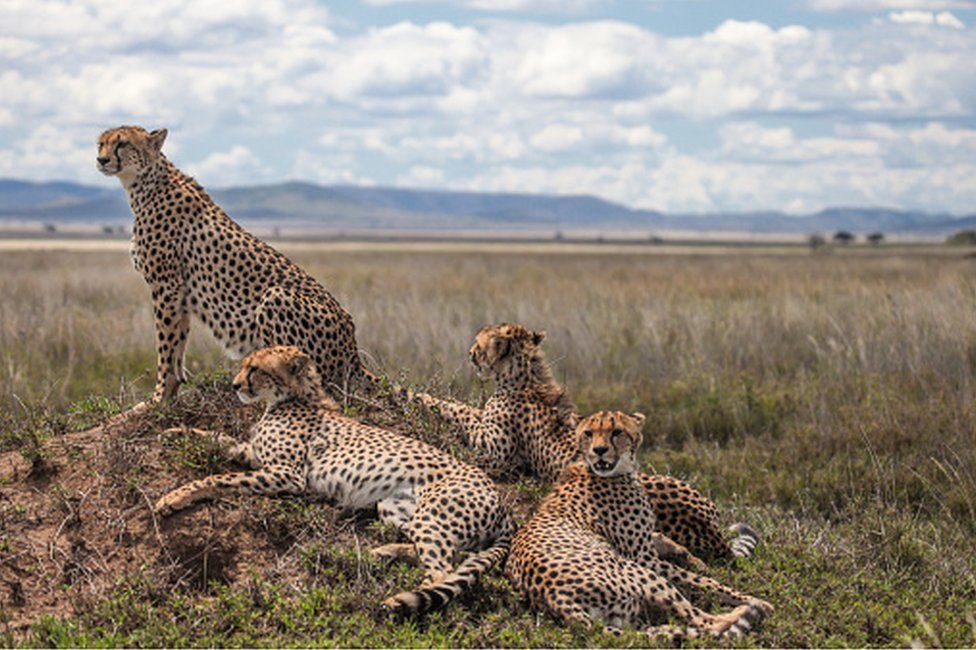
There is an impressive wealth of cats living in India. From the Indian tiger (known throughout the...
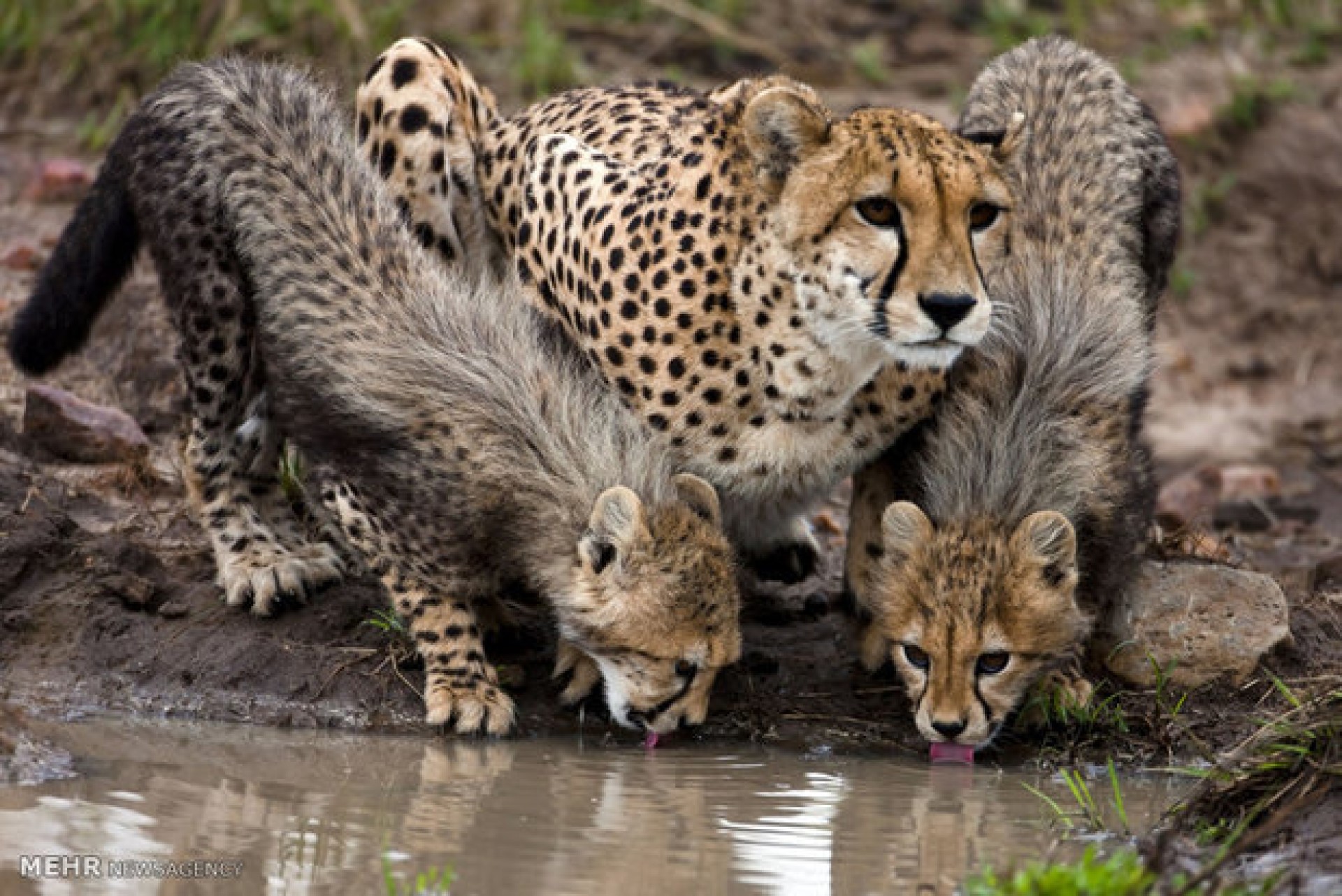
Iran has perhaps been known most well in the west for its Islamic republic status which came into existence after the rebellion of 1979. On the other hand, for many people (myself included) they were firstly known as the home of the last wild Asiatic cheetah.
Unfortunately, this is not going to be true for much longer – the Asiatic cheetah appears to be on the edge of extinction. While in the 1950s they were still found in large parts of the country, in January 2022, the Iranian Department of Environment estimated that there were only 12 Asiatic cheetahs comprising nine males and three females left in the country, though in 2023, a member of the Iranian Cheetah Society referred to 30 to 40 individuals living in Iran. The first estimate seems far more likely. If this is true, the whole population relies on just 3 females for its future survival. Female cheetah give birth ever 17-20 months, if we take the shortest period, we can expect in a healthy population to have a litter per female roughly once every year and a half. Litters are usually between 3-5 cubs. This means, in theory the population could grow by between 6 and 10 per year. Unfortunately, this rosy picture is unlikely. Given the small size of the population, there are likely to be many birth defects (this is common in cheetah, with their low genetic diversity) but particularly if we are in another genetic bottle neck. Farming is spreading in their habitat, which is eradicating what remains of where they live. There have also been an alarming number of car collisions with cheetah. However, what is clear by these numbers, is that were it possible to halt deaths, this population could still be saved. What should be done? Could the cheetah be placed in enormous enclosures? It is currently only found in one reserve, which covers 5600 square miles. The modern range of the Asiatic cheetah has decreased in the last several centuries due to numerous anthropogenic, or human-caused, reasons, such as hunting and starting to use the land for humans. Cheetahs require a lot of space, with the Iranian Asiatic cheetahs observed to cover over 70 square miles within just a of a few months. The remaining cheetahs in Iran have been threatened due to their habitat being split up by roads, forcing cheetahs to cross these roads in order to access their remaining habitat. One to two Asiatic cheetahs are killed every year by cars; in such a small population, every loss is a devastating blow. In the years between 2005 and 2011, more than 40% of the cheetahs killed in Iran were killed by cars. The cheetah is also greatly threatened by being forced to share land with livestock; increased human interaction has increased the chances for poaching, being killed by livestock guardian dogs, and competition with livestock for limited food and water resources.
One tenth of the country is forested, and given the size of the country 1,648,195 square kilometres (636,372 sq miles), this is a large area (104 countries in the world are smaller than the remaining forest in Iran. To put it in perspective, Iran has 4 times the area of natural flora of Europe.
Iran’s other living fauna includes 34 bat species, Indian grey mongoose, small Indian mongoose, golden jackal, Indian wolf, foxes, striped hyena, leopard, Eurasian lynx, brown bear and Asian black bear. Ungulate species include wild boar, urial, Armenian mouflon, red deer, and goitered gazelle. Domestic ungulates are represented by sheep, goat, cattle, horse, water buffalo, donkey and camel. Bird species like pheasant, partridge, stork, eagles and falcons are also native to Iran.
I hope to add many destinations on this page, that will help you to book wild travel to the country (though as always keep a close eye on what is happening politically, as Iran has not been friendly to conservationists in recent years.
Below, you will find all articles which have been written on this blog that mention this country. Below that

There is an impressive wealth of cats living in India. From the Indian tiger (known throughout the...
In some ways, recent discoveries should have been made long ago. Asiatic lions historic distribution stretched across Asia, north Africa, and Southern Europe.
Given that the Barbary Lions historic range...
Rajasthan madlyya Pradesh and Gujarat are all looking at potential sites were cheetah could be reintroduced. Given the precarious state of the cheetah population in Iran (thought to only be...
3 Asiatic cheetah cubs were born in captivity recently. This was exciting, because this species is on the brink of extinction - there is only thought to be about 12...
According to a statement at the beginning of this year, just 12 cheetah remain in the wilds of Iran. As a result, these triplets are a large percentage of the...
Iran is an Islamic country in Asia and the people are not given much freedom, as they follow a strict version of Islam.
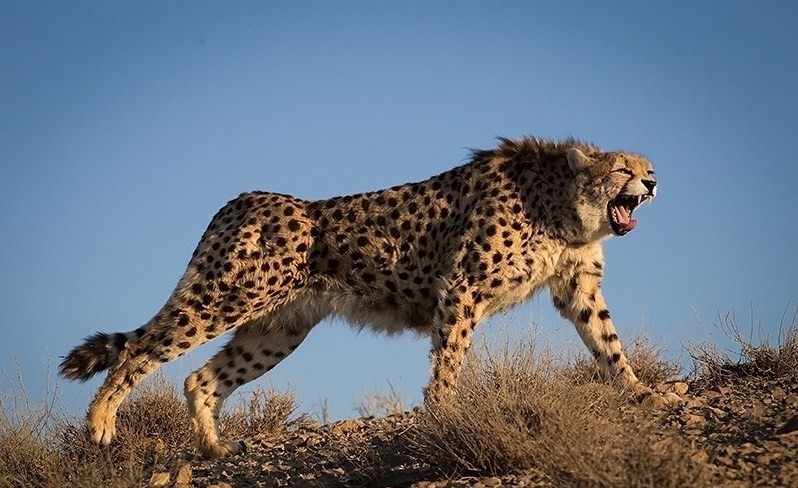
In some respects this...
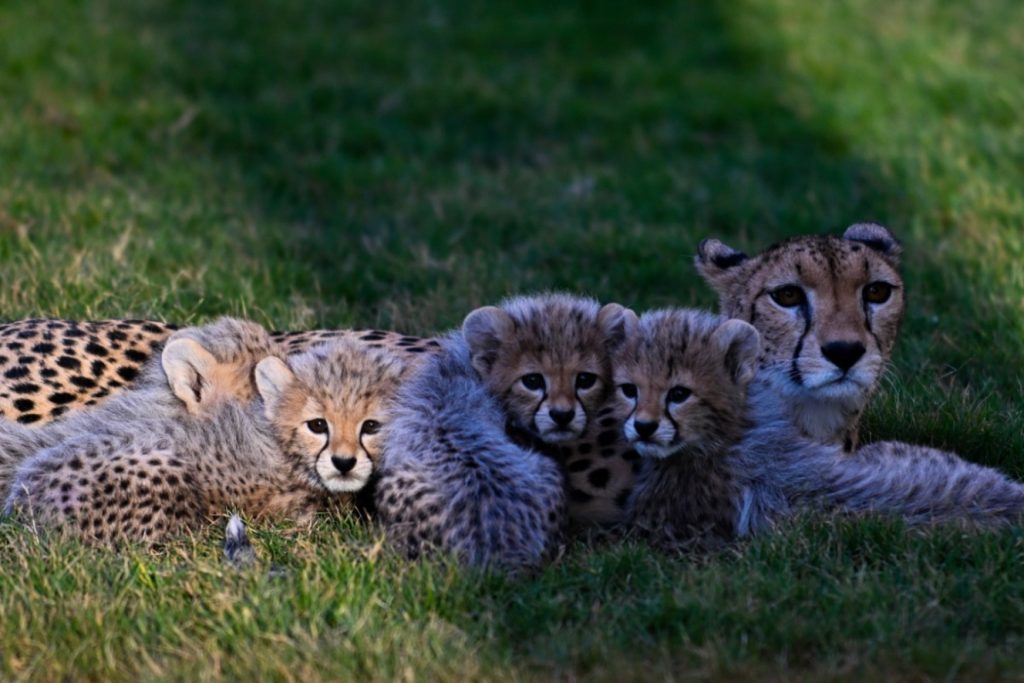
While cheetah are now thought of as an African species, this has not always been the case. Within the lives of living people (admittedly,...
Argued back and forth for decades (since their local extinction in 1952), the idea of reintroducing cheetah has never gone away for India. For the government, it is clearly at...
I don't know what your feelings towards cheetah, for many of not most people they have vague idea of the cheetah because it's the fastest animal on earth. My family...
I wrote back in November about plans to move African cheetah from South Africa to India. Should you wish to read this original article, I have linked it below.
https://seeanimalswild.com/2021/11/17/south-african-cheetah-to-be-introduced-into-india/...
I am intending to make this into a new set of articles that will appear on this website. Obviously, these species will not be the only ones that are covered...
If you live in the UK, there is relatively little wildlife to watch (when compared to somewhere like South Africa), which is why zoos are often such popular places.
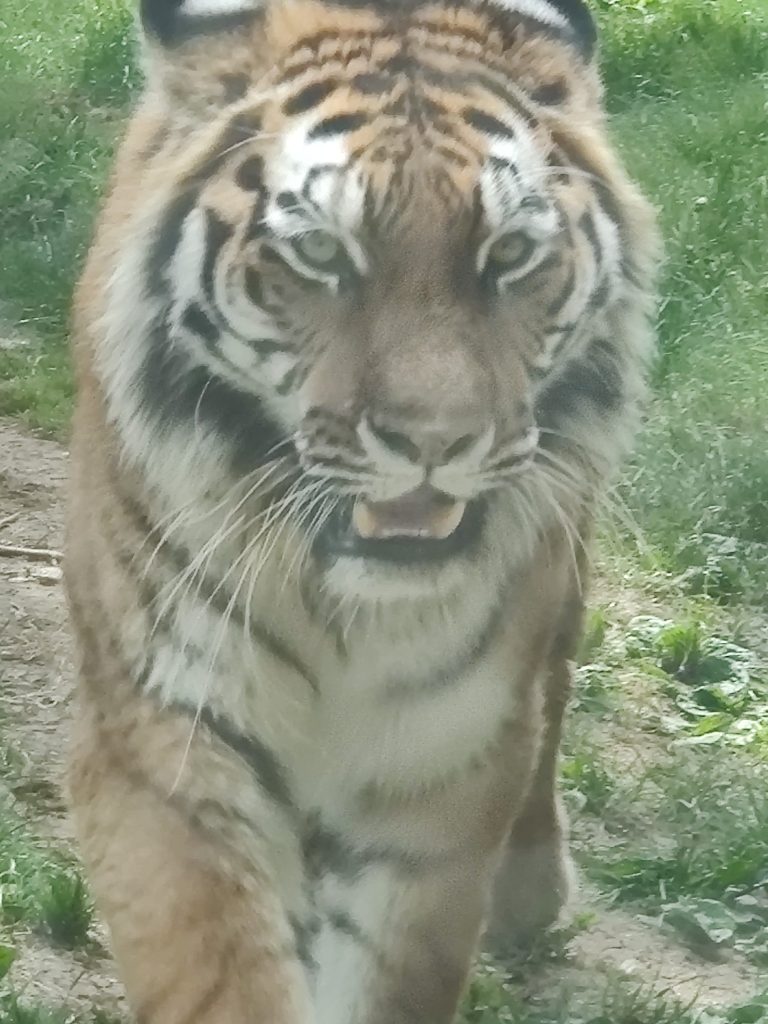
...
Leopards once roamed through Africa and Asia and even up into parts of Europe. Now their range is diminished and many of the subspecies are either endangered or critically so....
At the minimum, the Amur leopard population fell to as low as 30 individuals. The Asiatic cheetah is therefore far closer to extinction. At the current time there are thought...
11 years ago a DNA assessment was done on the Iranian cheetah. This cheetah population is the last Asian cheetah population remaining.
It was thought that all cheetah went through...

There is an impressive wealth of cats living in India. From the Indian tiger (known throughout the...
In some ways, recent discoveries should have been made long ago. Asiatic lions historic distribution stretched across Asia, north Africa, and Southern Europe.
Given that the Barbary Lions historic range...
Rajasthan madlyya Pradesh and Gujarat are all looking at potential sites were cheetah could be reintroduced. Given the precarious state of the cheetah population in Iran (thought to only be...
3 Asiatic cheetah cubs were born in captivity recently. This was exciting, because this species is on the brink of extinction - there is only thought to be about 12...
According to a statement at the beginning of this year, just 12 cheetah remain in the wilds of Iran. As a result, these triplets are a large percentage of the...
Iran is an Islamic country in Asia and the people are not given much freedom, as they follow a strict version of Islam.

In some respects this...
An incredibly rare piece of footage: an Asiatic cheetah on the hunt (having said this, it must happen regularly) Apologies for the cartoon image at the start









Join as an ambassador supporter to
support this site, help save wildlife
and make friends & log in

